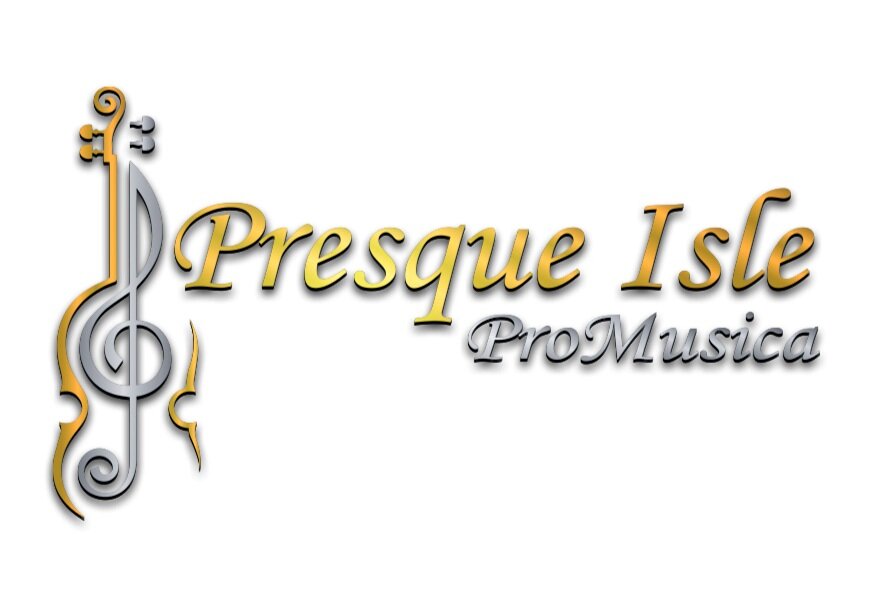Aw, come on, you’re saying (I hear you), who doesn’t know who Astor Piazzolla is? Well, you’re probably right, but it wasn’t that long ago that Astor Piazzolla (1921-92) was not well-known in North America. In Argentina, another story – he was as famous as Rodgers and Hammerstein, or Bob Dylan, or any number of modern rappers. Even if you didn’t know who he is, you’d have to have been living for the last decade in a cave in Siberia not to have noticed the return of the tango to popularity in our day. Astor Piazzolla is the reason for that. He’s the national composer of Argentina, and the ultimate artist of the national dance, the tango.
The tango – sultry, complex, with cross-rhythms and off-beats – is the soul of Argentina. It’s descended from all sorts of strange ancestors – the medieval intricacies of the branle and the estampie, the shape of the passacaglia, the classical elegance of the minuet, the wildness and sexual licence of flamenco, the energy of both rejoicing and lament. It was the genius of Piazzola to recognize that this dance-form could be made to represent the whole emotional universe. He wrote tangos about lost love and hot passion, tangos that form musical pictures of every season in the life of his beloved Buenos Aires (El ano porteno), tangos that sound like the most modern jazz, a tango that is a lament for his father, tangos that are just for fun. The only thing they all have in common is their characteristic rhythm in 4-beat measures, with accents that move all around the beats, and sometimes the most important music on the offbeats.
The word ‘tango’ comes from the Latin ‘to touch’ (alternative derivations are from African ‘Shango’, a thunder-god, and Spanish ‘tambor’, a hand-drum). That’s what makes them scandalous – all the touching. The partners wrap themselves around each other before swirling away in wild abandon, then rush back together, one bending back almost to the floor, the other leaning over and then snapping upright in time to the music. It’s not your genteel minuet (but then the original minuets weren’t too genteel either….). Piazzolla’s tangos’ most characteristic sound is that of the bandoneon, an extremely versatile kind of accordion with many keys and an unmistakable ‘wheeze’ that lends a primitive and anarchic note to whatever they play. Piazzolla was a master of the bandoneon. (You can hear a contemporary master today as a major player in Canada’s famous Quartetto Gelato - yes, that is the ‘Ice Cream Quartet’).
Like so many Argentinians, Piazzolla’s name isn’t of Spanish derivation – his folks were Italian immigrants – and his formative years (1925-36) were spent in New York City, Greenwich Village, to be exact. That’s where he learned to play the bandoneon his father bought him in a pawnshop. He was so good at it that he was invited to join an orchestra on a tour, which ended in a tragic plane-crash. Piazzola later said that if his father hadn’t refused permission for him to go on this tour, he would be playing a harp rather than the bandoneon.
Back in Argentina, he moved to Buenos Aires at 17, and his career as musician took off. He studied for 5 years with Alberto Ginastera, where he mastered orchestration and the works of contemporary composers like Stravinsky, Bartok and Ravel, and then another 5 years of piano study while he began to write his own works, eventually developing the ‘nuevo tango’ (new tango) style that is the basis of his popularity, incorporating jazz and other techniques for a new sound.
By 1945 Piazzolla’s ‘advanced’ musical ideas were getting in the way of his job with a traditional orchestra, so he switched first to another orchestra, with whom he made many recordings, and then to his own Orchesta Tipica, which gave him free rein to experiment. He continued to study and at one point considered abandoning the tango altogether in favor of ‘pure’ jazz and his own musical style. He did stop playing the bandoneon for a while, but in 1953 his ‘Buenos Aires Symphony’ caused a fight because a bandoneon was included in the ‘normal’ symphony orchestra!
In 1954 he got a grant to go to Paris to study with the legendary Nadia Boulanger, who urged Piazzolla to stick to tango and forget about efforts to restrict his talent to ‘classical’ forms. From then on his life was constant composing and recording, playing and conducting all over the world, and with every kind of collaborator, from Gerry Mulligan to Mstislav Rostropovich. His music includes quartets, quintets, symphonies, concertos and at least one opera. His discography is enormous, as is the number of ensembles he either established or worked with. He especially favored a quintet of bandoneon, violin, electric guitar, piano and double bass, for an ‘orchestral’ sound. You’ll hear the real thing in our summer extravaganza’s ‘The Last Tango in Lima’.


